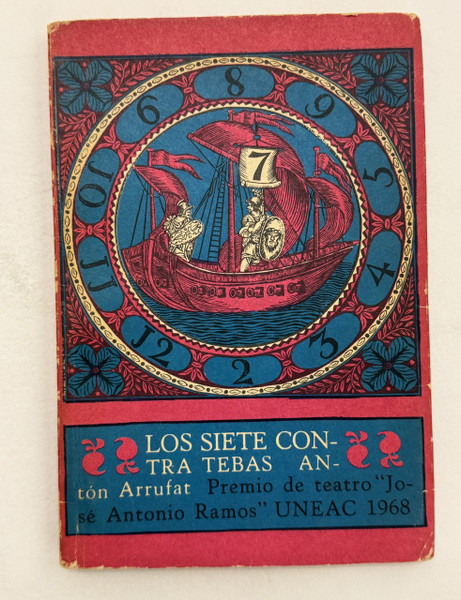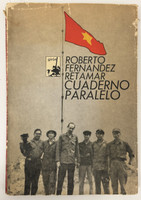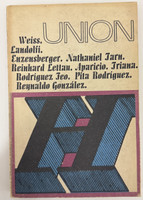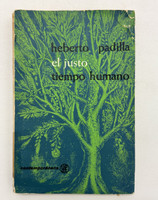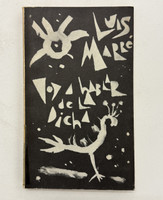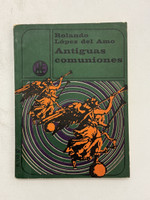- Travel
-
Exhibits
- La Portada Cubana
- Immortal Cuba: Artists Take on Their Heroes
- Seattle Poster Exhibit
- Sandra Dooley & Alejandrina Cué
- The Art of Wayacón
- Cuban Folk Art
- Cuba In Black And White
- 25 Years of Cuban Art Space
- Summer Folk Art Expo
- ¡SPRING AWAKENING FROM CUBA!
- Celebrating The Art Of Cuban Women
- Celebrating Paper, Affordable Art from Cuba
- Art of the Revolution
- Outsider Art
- Lost and Found
- En la lucha: Celebrating Cuban Women and Their Art
- Cuban Art Stash
- 100 Fires: 5 Cienfuegos Artists' Work on Paper
- Waya + Monte! Magic Realism in Cienfuegos
- Viva Cuba Viva! Poster Show
- Cultivando Sueños
- Black Lives Matter in Cuba Jan 9-March 27
- Leandro Soto: Crónicas visuales
- Cuban Canvas
-
Archive
- Global Reflection 2018: Spirit and Community
- Exhibit in the cloud: Contemporary Works on Paper
- MADE IN CUBA! MINNEAPOLIS EXHIBIT
- Cuban Posters and Photography from CCS collection
- AUTUMN SALE! Sept/Oct 2017
- SPRING ARTS AND CRAFT SALE
- Vuelo Directo/Non Stop: Alberto & Alejandro Lescay
- The Many Faces of Fidel
- Somos
- Made in Cuba!
- The US empire in Cuban graphics
- Made in Cuba/Seattle exhibit
- Entre Nos
- Looking Back
- Cuban Art Space
- Membership/Donate
- About Us
- Cuba News
-
Los Siete Contra Tebas (The Seven Against Thebes) represents one of the most significant and controversial works in Cuban revolutionary theater. Antón Arrufat's adaptation of the classical Greek tragedy won UNEAC's prestigious José Antonio Ramos Theater Prize in 1968, but soon became embroiled in cultural-political controversy that would profoundly impact Cuban intellectual life during the revolutionary period.
Darío Mora's cover design achieves breathtaking visual impact through its fusion of medieval and modernist aesthetics. The elaborate woodcut-style illustration depicts a Renaissance sailing ship with billowing magenta sails against turquoise water, enclosed within multiple decorative circular frames adorned with stylized flowers and leaves. Numbers arranged clock-like around the perimeter (with "7" prominently displayed on the ship's sail) reference both the play's title and suggest the cyclical nature of time and fate. The vibrant color palette—hot pink background, teal circles, cream accents, and magenta typography—transforms this classical imagery into bold 1960s pop art, creating one of the most visually striking book covers in Cuban revolutionary publishing.
Antón Arrufat (born 1935) emerged as a major figure in Cuban letters with published poetry including En claro (1962) and Repaso final (1964), the short story collection Mi antagonista y otras observaciones (1963), and five plays including Todos los Domingos (1965). His work had been translated into more than fourteen languages. He worked at the influential Lunes de Revolución supplement and served as chief editor of Casa de las Américas magazine for six years, establishing himself as a literary advisor to Teatro Estudio group. At the time of this publication, he worked as Theater Advisor to the National Council of Culture.
However, this prize-winning play soon sparked the "Padilla-Arrufat Affair" when both Arrufat's Los Siete Contra Tebasand Heberto Padilla's poetry collection Fuera del Juego (also a UNEAC prize winner in 1968) were condemned by UNEAC's leadership for being counter-revolutionary despite winning official prizes. The books were published with critical prologues denouncing them, marking a turning point toward increased cultural restrictions in revolutionary Cuba. Printed November 23, 1968, at production unit 08 "Mario Reguera Gómez" of the Instituto del Libro, this first edition captures a pivotal moment when Cuban revolutionary culture began to fracture between artistic freedom and political orthodoxy.
-
-
Discover More at the Center for Cuban Studies

